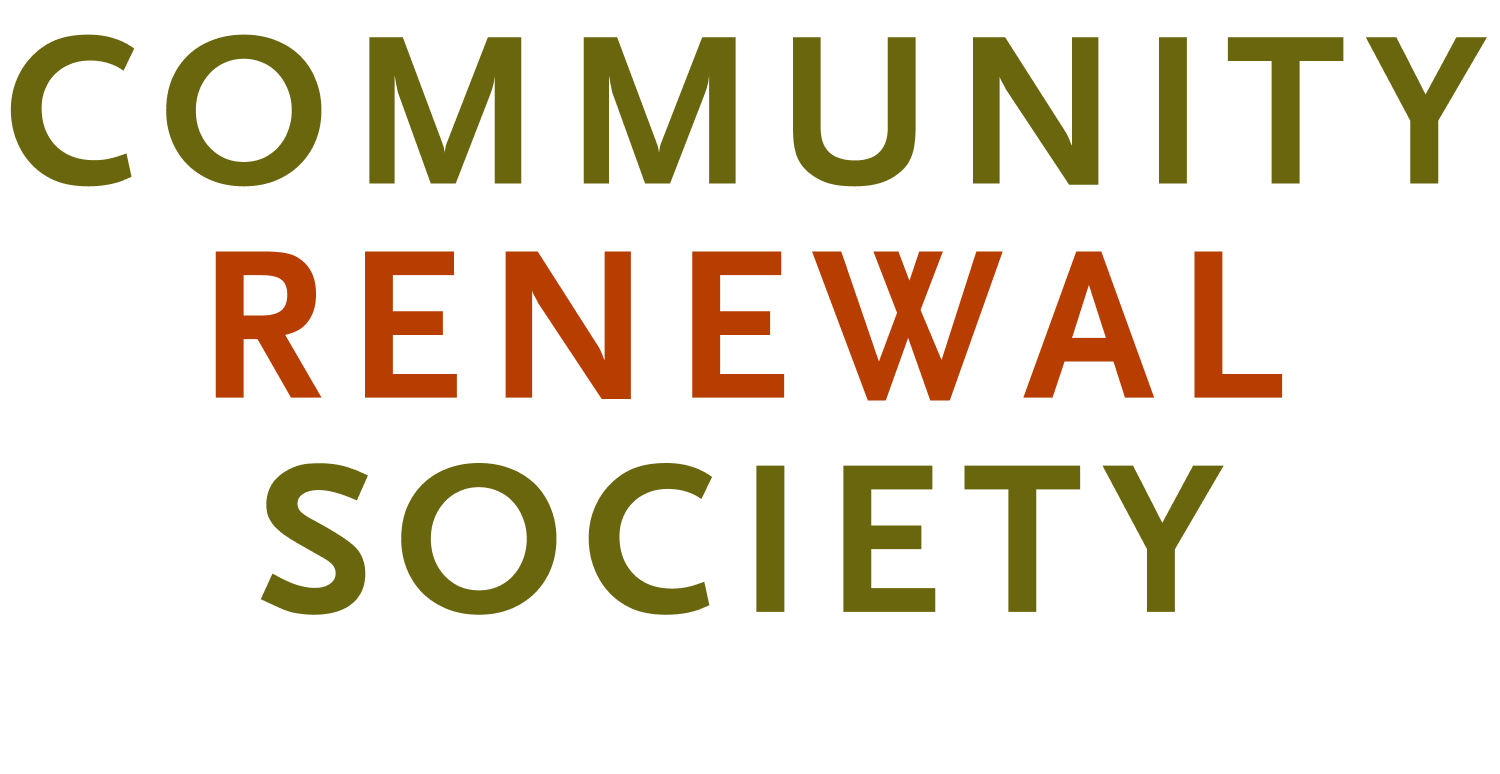(Young) America Votes
"For a lot of us, we may never find a candidate or party with whom we agree 100% on every issue, but we have to vote anyway." Amid comments about human rights, discrimination against gender and sexual orientation, and systemic racism, the Instagram post sent to Taylor Swift's 113.6 million followers on October 7 made a significant impact. Voter.org reported that within 24 hours 65,000 Americans age 18-29 registered to vote; within 48 hours 102,000 had registered, with 70% coming from individuals under 25.
Reminiscent of the 2004 "Vote or Die" movement (sparked by hip-hop artists P. Diddy, Mary J. Blige, Maria Carey, and 50 Cent which resulted in more than 4.6 million youth ballots during the Kerry vs. Bush, Jr. presidential election) Swift, alongside Hollywood celebrities, actors, comedians, and even YouTube stars, focused on youth voter turnout.
For more than 30 days before November's Election, numerous news outlets reported on the significance of a high millennial voter turnout, with projections suggesting that at the midterms on November 6 America would see a massive turnout from a demographic with an often low participation rate during elections.
Once November 6 came, it was clear the speculations were true, with one of the largest rates of turnout for millennial-aged Americans we've seen in decades. Exit polls revealed that 13% of voter turnout came from 18–29 year olds with an additional 15% from 30–39 year olds. (More voting stats.)
An interesting bit of reflection, albeit unnerving, is to reflect upon where the desire and action for this demographic to turn out came from. While maybe not all of their activity came by way of the pop idol, is thoughtful to consider where significant numbers of voting activity did not come from: the church.
As an African American considering the plight of many of my fore-parents who decades ago drummed up political activity through the work of the church, it is humbling that outside of conversation of the "evangelical vote" we don't hear much in terms of congregational activity manifesting voter turnout. Where is the church and what is its role in voter activity, given the massive millennial engagement during midterm elections (of all things)? How can the "progressive vote" be brought into the conversation as churches of today engage the perpetually spoken millennial problem (how to engage/bring in the group to churches)?
While I do not propose to provide a comprehensive solution to these questions in a 600-word blog entry, consider the appeal of Rev. Traci Blackmon, Executive Minister of Justice & Local Church Ministries of the United Church of Christ. Through the "Our Faith Our Vote" campaign she charges churches to engage three areas of concern:
1. Acknowledge that the problems of the world often seem too big to confront—our faith is "infused" with power for us to engage the problems.
2. Recognize that voting is a natural extension of faithful action and we must engage our legislator to make wide-reaching and lasting impact.
3. Our faithful voice is needed to create a just world for all.
Rev. Blackmon, challenges us to remember the words of Isaiah 58:1, "Shout out, do not hold back! Lift up your voice like a trumpet!" The Hebrew word for shout, "qol," is often translated as a shout, but can also hold the definitions of noise, sound, or even, vote. And all definitions are tools the faith community can use, like our musical icons did, to activate the masses to change.
Perhaps over the next two years, our progressive faith communities can glean from our pop idols, celebrities, and even "ce-web-brities," a few strategies to engage millennials and youth in our country toward using their "qol" in manifesting long-lasting change in our country.

